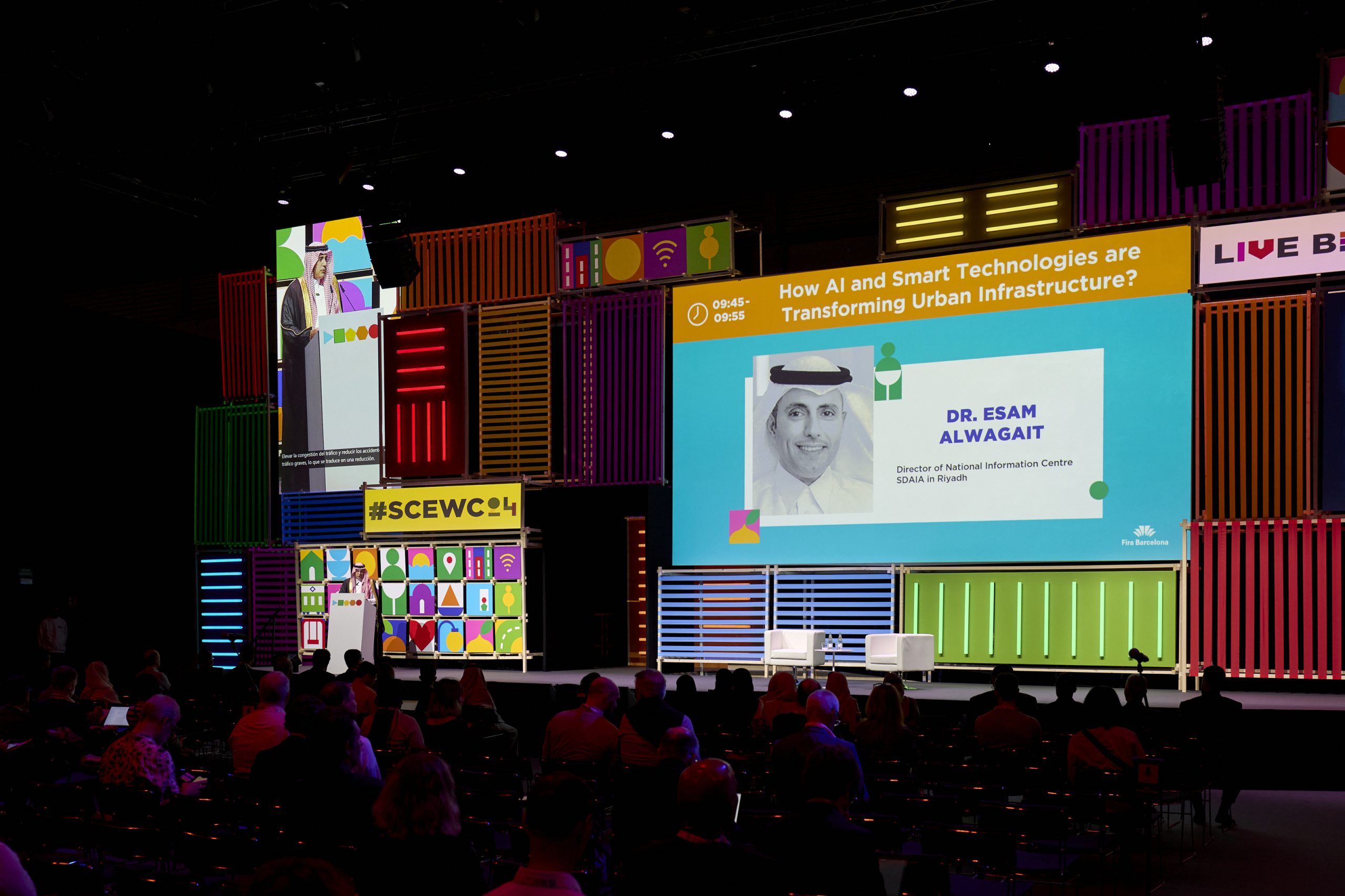Author | Elvira Esparza
The use of drones in disasters such as floods, fires, earthquakes, and hurricanes has enabled efficient mapping of damage, accelerated search operations, facilitated survivor rescues, and allowed for rapid assessment of infrastructure conditions. However, regulatory and capacity limitations pose challenges, preventing the full utilization of drones in disaster response efforts.
Originally developed for military purposes, drones have gradually found applications in various other fields. The use of drones in disaster and rescue missions has been favored due to their ability to access dangerous areas and their cost-effectiveness.
How are drones used in disasters?
In the event of disasters such as fires, floods, or earthquakes, drones perform a wide range of essential functions. They contribute by assessing risks, identifying vulnerable areas, and supporting response efforts, making rescue operations more effective. The application of drones in disasters is categorized into four main areas: disaster management, search and rescue, response, and recovery.
- Before the disaster occurs: Drones are employed for 3D mapping, allowing identification of flood-prone areas and assessment of the vulnerability of dams and dikes to potential ruptures. They complement satellite maps, providing more up-to-date information when satellite data is outdated. Drones can also be used to inspect critical infrastructures, such as roads and bridges, which may be impacted by flooding and landslides. In the United States, the Federal Emergency Management Agency (FEMA) uses drones to assess soil erosion and identify potential flood-prone areas. Drones also generate 2D and 3D topographical maps of regions at risk of failure during such disasters.
- In search and rescue efforts: Drones reduce the time needed to locate victims and provide rescue teams with crucial information on the best routes for search operations. They provide real-time aerial views to locate survivors more effectively. Equipped with advanced sensors—such as noise detectors, binary detectors, vibration sensors, and thermal cameras—they can detect heat signatures and locate people alive under debris. They are also used to inspect tunnels, buildings, and parking structures to check for any trapped victims. In North Carolina (USA), after Hurricane Helen, drones typically used for mapping agricultural fields were repurposed to locate isolated individuals using thermal imaging. Once individuals were located, drones sent messages to assess their needs, and larger drones delivered food, water, and medicine.
- In rescue and recovery tasks: Drones are deployed to inspect infrastructure, fuel depots, and power lines to assess damage and determine necessary repairs. In the case of hurricanes, drones equipped with weather measurement instruments can assess the strength and direction of storms. During the 2018 earthquake in Palu, Indonesia, drones assisted in creating 3D maps of the affected region, enabling engineers and authorities to identify priority areas and key infrastructure for reconstruction and repair efforts.
- In logistics tasks: Drones are used to transport humanitarian aid and medicines to isolated or hard-to-reach areas. Drones are also employed in damage assessments of buildings, industrial warehouses, and agricultural land—tasks that are often challenging for on-the-ground experts to conduct. During the 2023 floods in Libya, drone-captured aerial images enabled the assessment of damage caused by the collapse of two dams that devastated the city of Derna and helped identify affected infrastructure.
Limitations on the use of drones in emergencies

Although their potential is undeniable, drones face limitations in scope and are often hindered by regulatory restrictions, which can impede their effective implementation in emergency situations. Firstly, there are privacy and data protection risks associated with drone usage. Secondly, limitations in battery capacity and operational range prevent drones from reaching their full potential, especially in large-scale disasters or remote areas.
Addressing these limitations requires international cooperation and the establishment of robust, standardized regulations. International regulations should establish comprehensive guidelines on privacy, data protection, and usage restrictions to ensure the responsible use of drones. Similarly, local regulations should align with these guidelines, avoiding unnecessary obstacles that could hinder drone operations in disaster scenarios.
Airspace coordination must also be ensured in disaster situations to prevent collisions between drones, aircraft, and helicopters involved in rescue operations.
Images | Karl Greif, Inmortal Producciones






















































